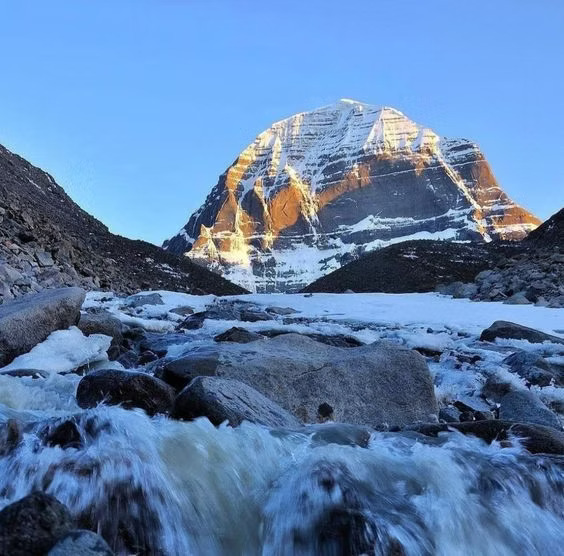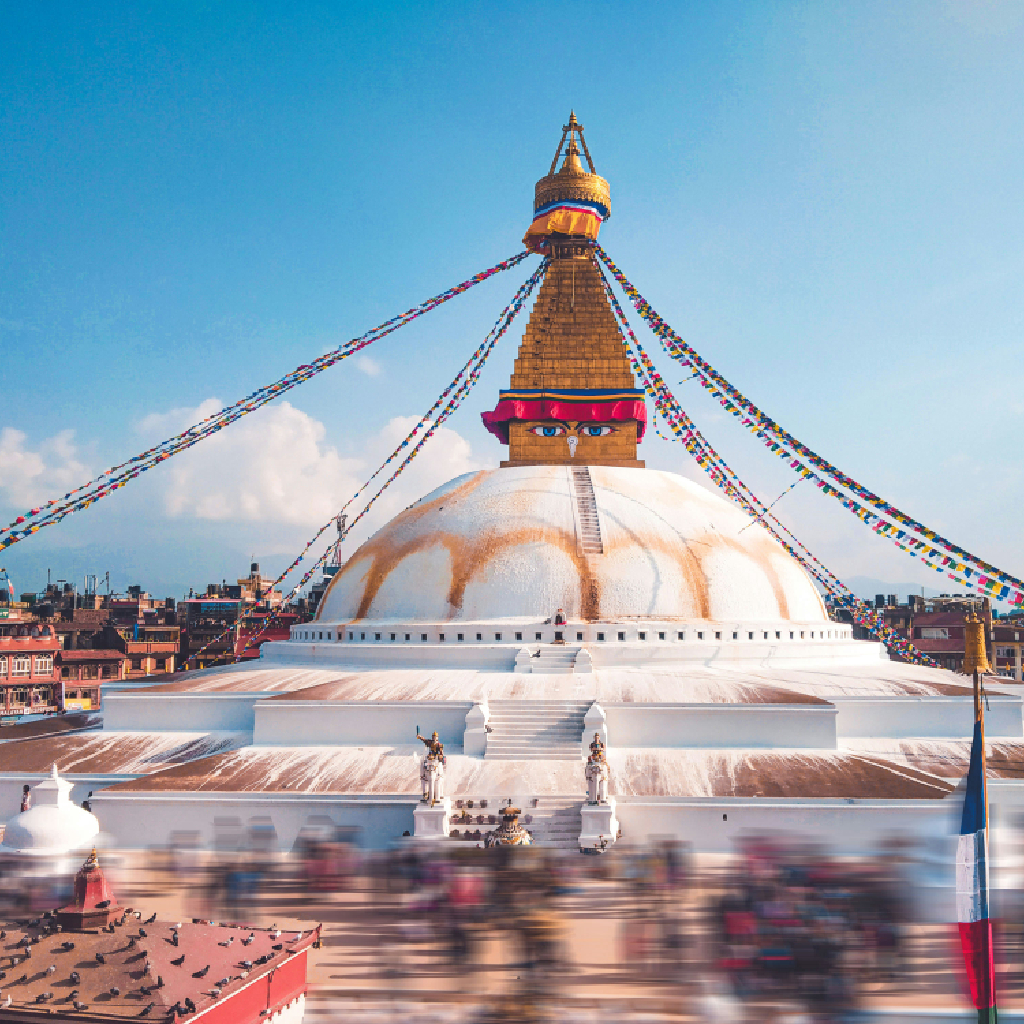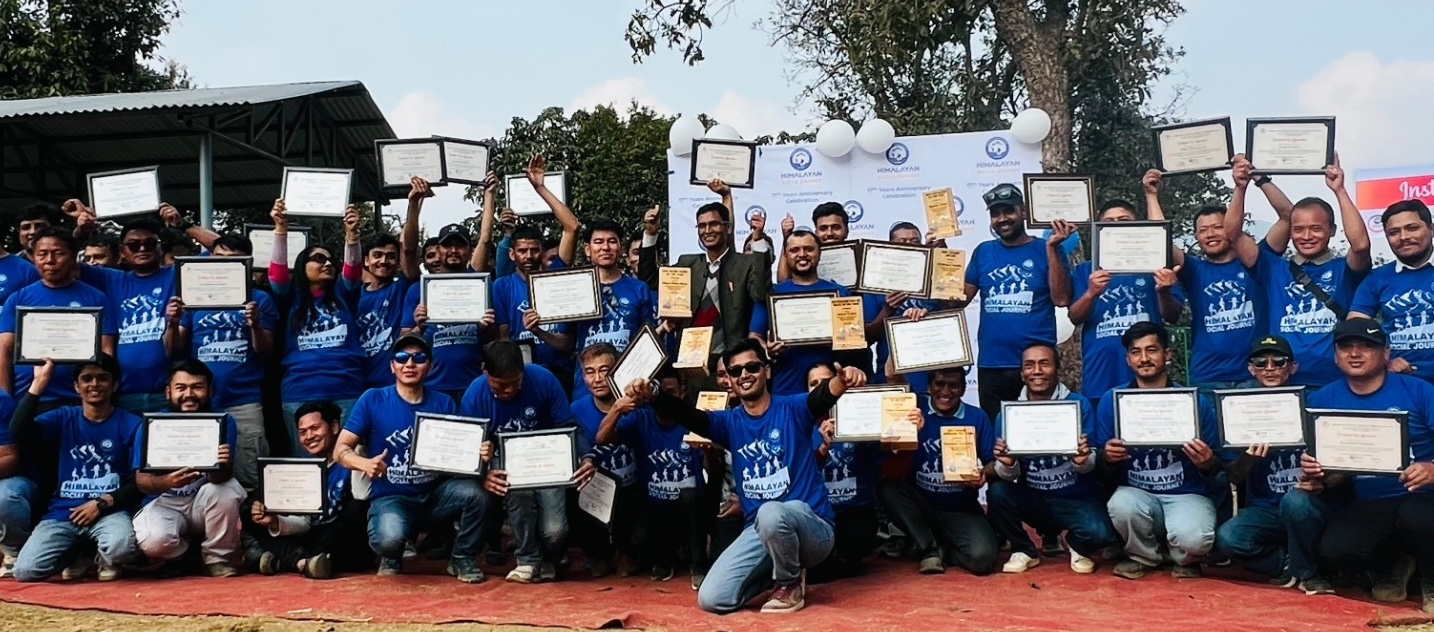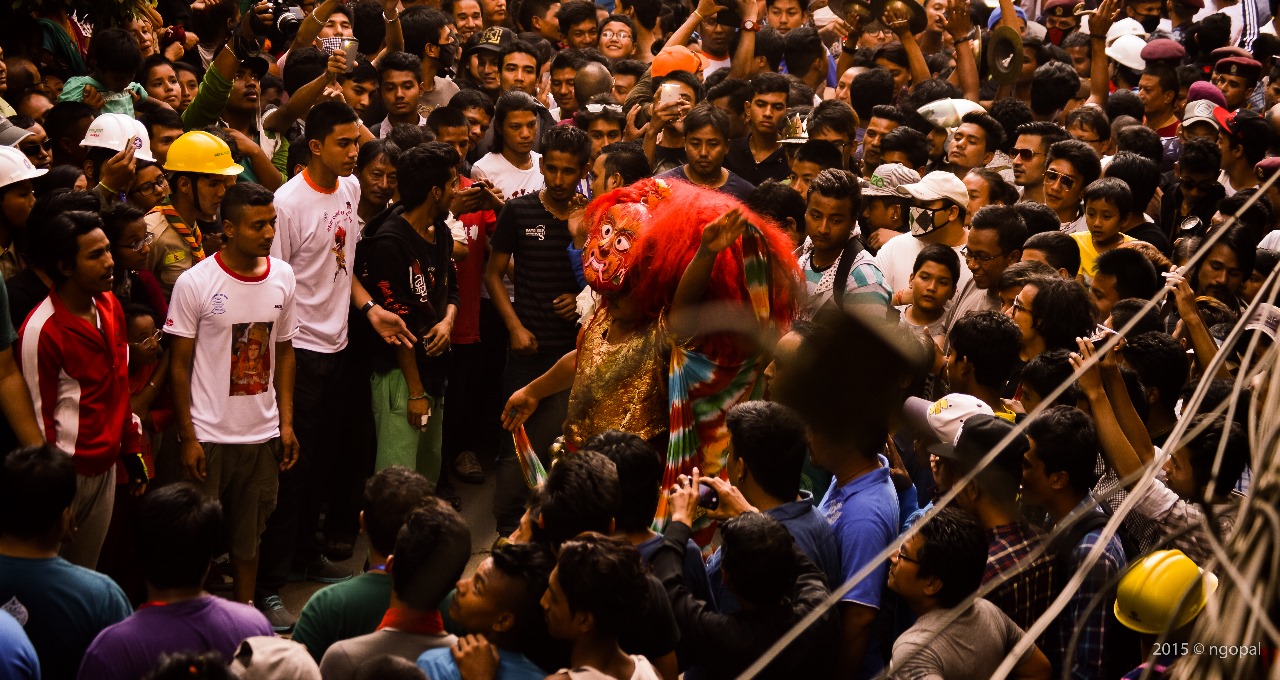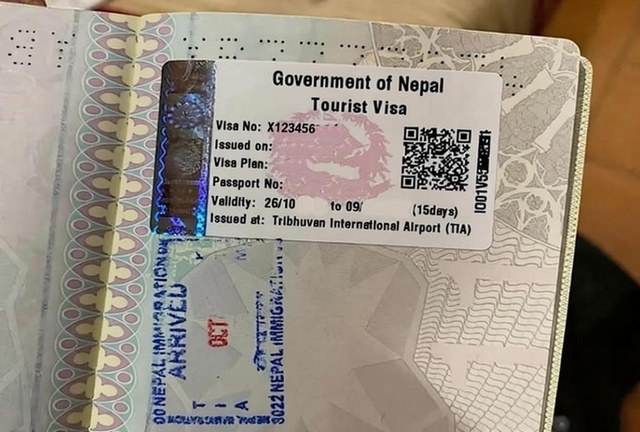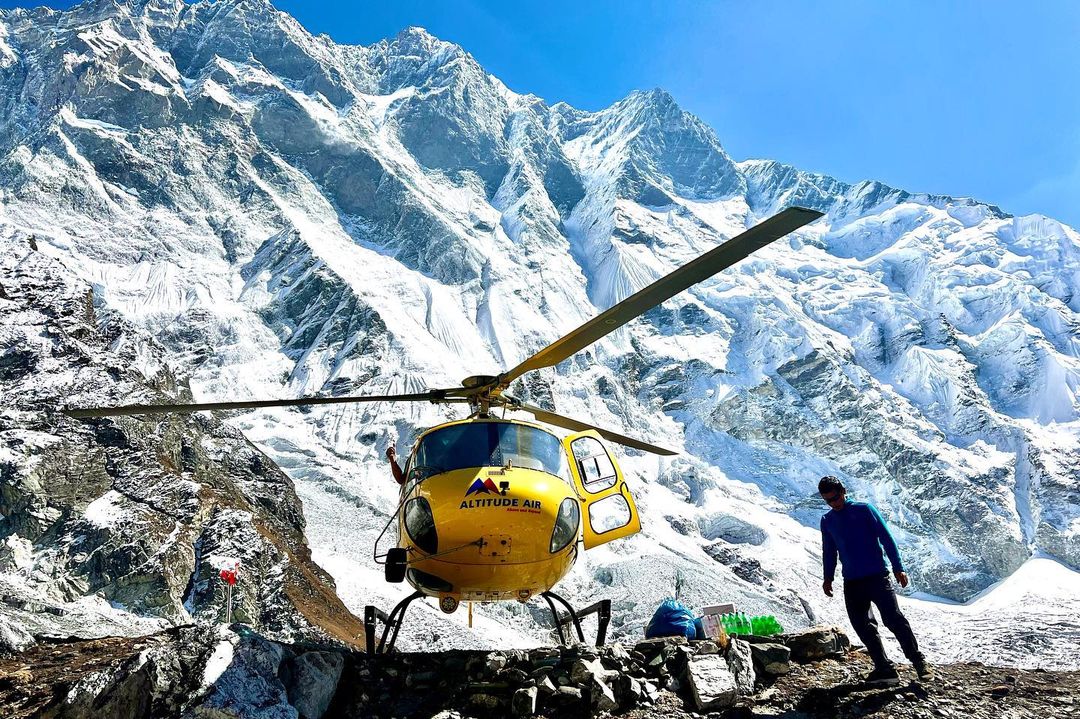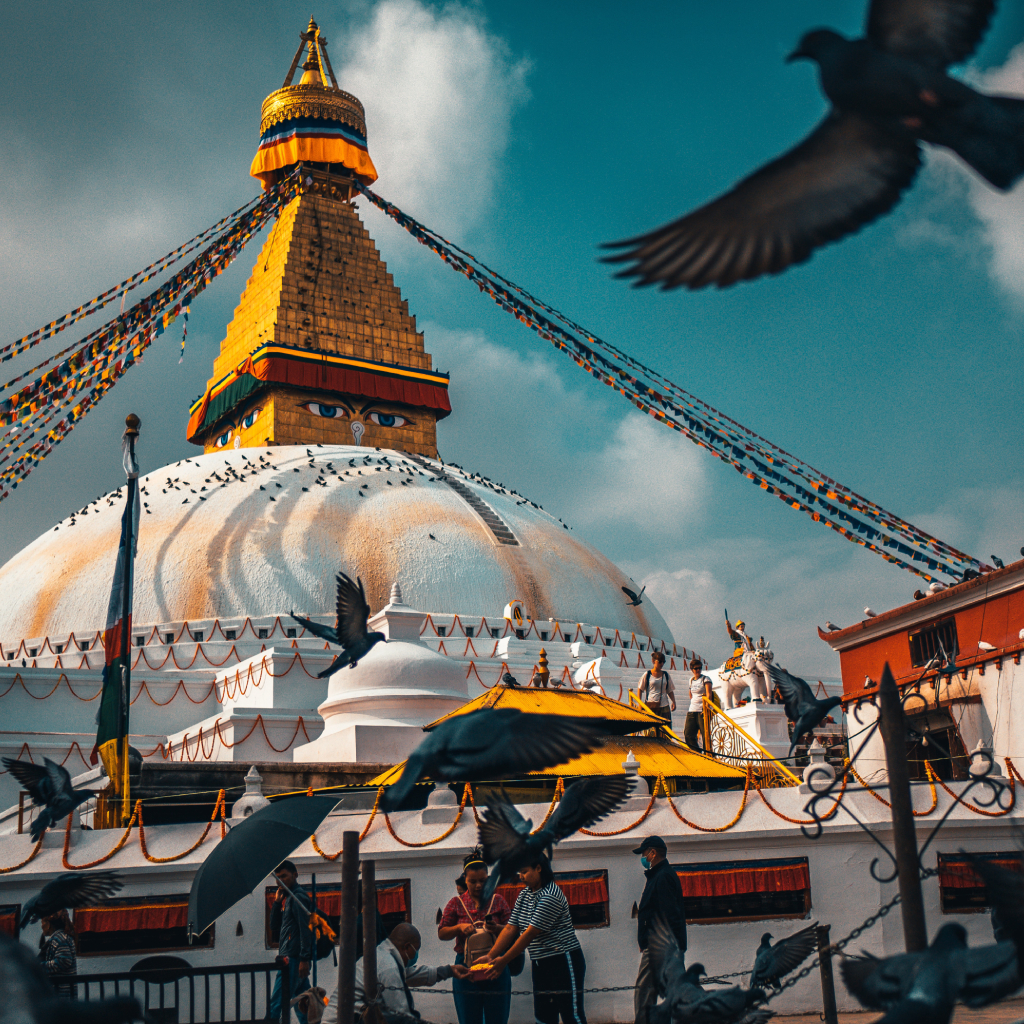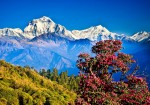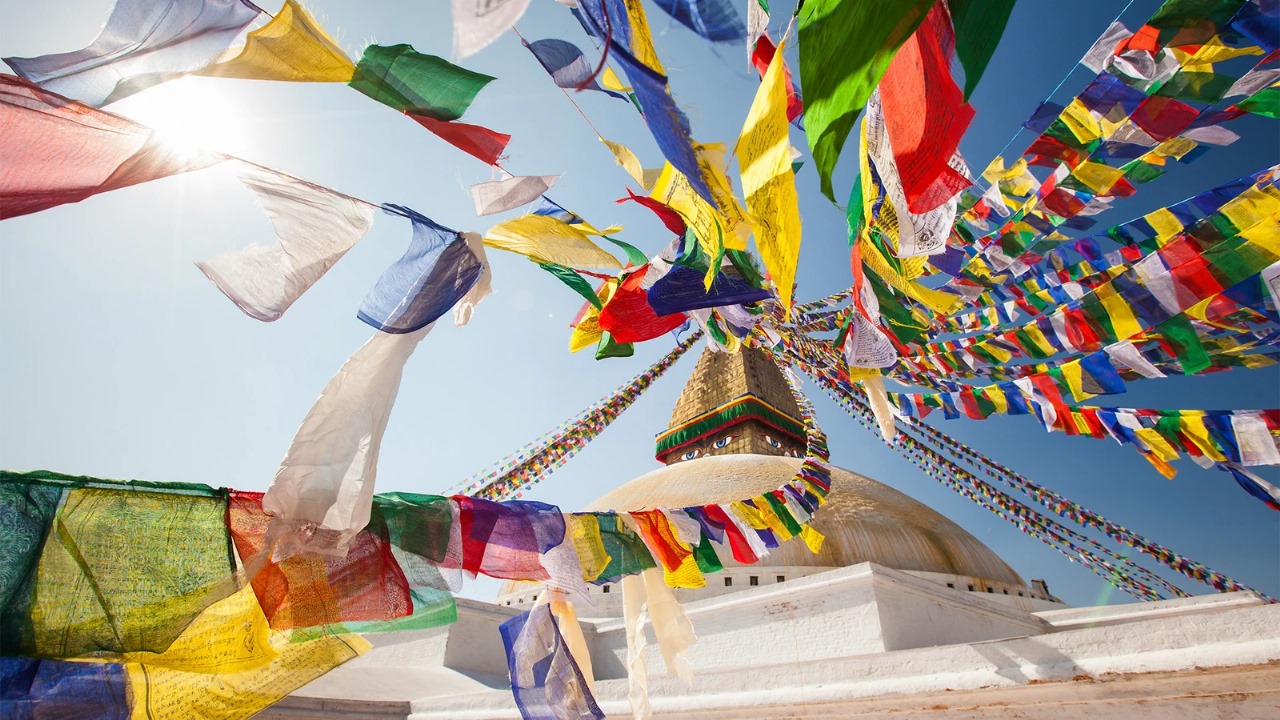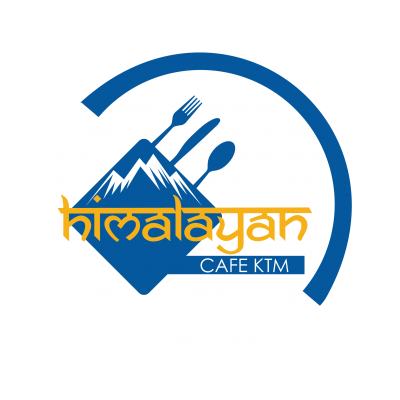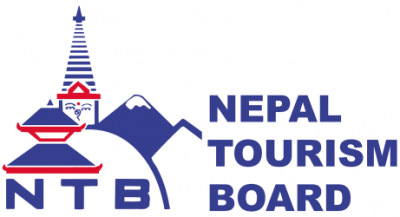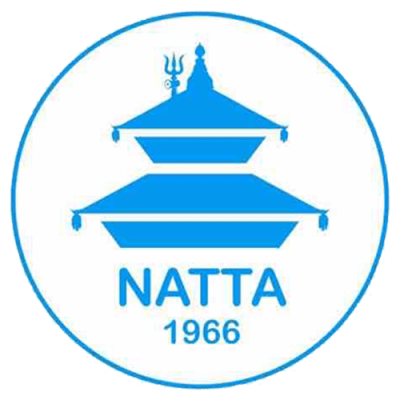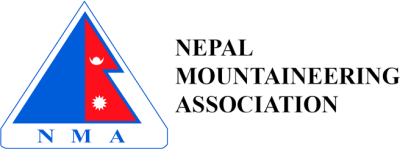Nepal, a land adorned with mesmerizing landscapes and rich cultural tapestry, boasts a vibrant tradition known as ''Jatras’’. These colorful and spirited festivals are deeply ingrained in the Nepalese ethos, embodying a fascinating blend of religious fervor, cultural heritage, and community celebration. Let’s embark on a journey to unravel the origins and significance of Jatras in the heart of Nepal.
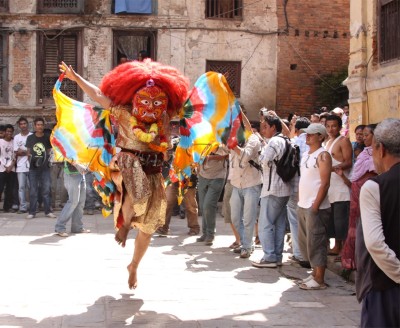
Roots of Jatras:
Jatras, meaning ‘’processions’’or ‘’festivals’’ in Nepali, have ancient root deeply intertwined with the country’s religious and cultural history. Dating back centuries, these festivals trace their origins to various religious beliefs and mythological narratives. The amalgamation of Hinduism and Buddhism in Nepal has infused Jatras with diverse symbolism and rituals, making them a captivating spectacle for locals and tourists alike.
Religious Belief:
At the core of Jatras lies a profound religious significance. Many of these festivals are dedicated to Hindu deities like Lord Shiva, Goddess Durga or Lord Ganesh, while others commemorate Buddhist figures and events. Each Jatra is meticulously planned and executed to honor the divine, often involving elaborate processions, sacred rituals, and vibrant performances.
Community Celebration
Beyond their religious underpinnings, Jatras serve as a platform for community bonding and cultural expression. Families come together to partake in the festivities, sharing traditional delicacies, exchanging blessings and rejoicing in the collective spirit of unity. The streets come alive with colorful parades, traditional music and folk dances, creating an atmosphere of joy and camaraderie.
Celebrated Jatras in Nepal
Nepal boasts a plethora of Jatras celebrated throughout the year, each with its own unique charm and significance. Among the most renowned ones are:
Indra Jatra:Held in Kathmandu Valley, Indra Jatra honors the rain god Indra and commemorates the victory of the gods over a demon. The festival features chariot processions, masked dances, and the ceremonial display of the living goddess Kumari.
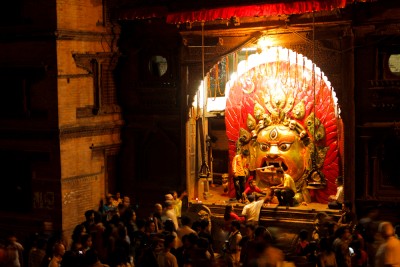
Bisket Jatra: Celebrated in the ancient city of Bhaktapur , Bisket Jatra marks the Nepali New Yearand the onset of spring. The highlight of the festivals is the pulling of a massive chariot carrying the idols of Lord Bhairab and Goddess Bhadrakali, accompanied by traditional music and cultural performances.
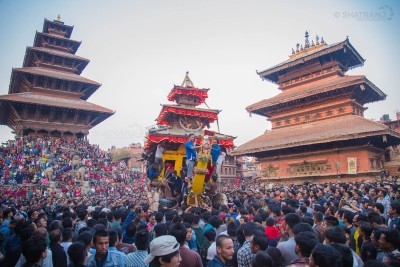
Gai Jatra: Translated as the ‘’Cow Festival’’, Gai Jatra is a lighthearted celebration observed in the Kathmandu Valley. Families who have lost a loved one during the year participate in a procession with a decorate cow, believed to guide the deceased to the afterlife. The festival also includes satire and humor, symbolizing the acceptance of death as a natural part of life.
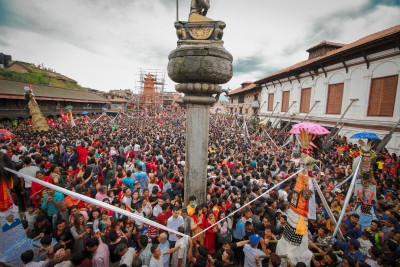
Machindranath Jatra:Machindranath Jatra, a cherished festival deeply entrenched in the cultural landscape of Nepal, pays homage to the deity of Machindranath also known as Bunga Dyah. This revered deity is believed to be the god of rain and compassion, playing a vital role in the agricultural prosperity and over all well-being of the Nepalese people. Let’s delve into the significance and traditions surrounding the celebration of Machindranath Jatra.

Ghode Jatra: Ghode Jatra, the exhilarating horse festival celebrated in the heart of Kathmandu, Nepal is a vibrant display of tradition, culture, and community spirit. This annual event, steeped in history and mythology, captivates both locals and visitors with its colorful pageantry and thrilling equestrian performances.
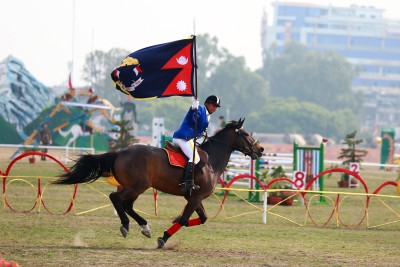
Preserving Cultural Heritage
For an ever-changing world, Jatras serve as guardians of Nepal’s cultural heritagte , transmitting age-old traditions and values to future generations. Despite modern influences, these festivals continue to thrive, testament to the resilience and reverence for tradition among the Nepalese people.
Conclusion:
Jatras stands as a testament to Nepla’s rich tapestry of culture, spirituality, and community. With the roots deeply embedded in the country’s religious and mythological fabric, these festivals illuminate the streets with their vibrant colors, captivating rituals, and profound symbolism. As Nepal continues to evolve, the tradition of Jatras remains a beacon of cultural identity and communal celebration, beckoning travelers from far and wide to experience the magic of this enchanting land.


